The beauty of art has indeed transcended mere entertainment, serving as a powerful tool that informs, unites, and enriches our communities. It goes beyond just making us happy on an individual level but weaves itself into the very fabric of society, creating bonds and fostering collaboration. Whether it’s through painting, music, dance, or theatre, art has proven to be an invaluable resource for community development and the strengthening of social mechanisms. The role of art in fostering community ties is undeniable, and here’s how it makes a difference.
Social Cohesion
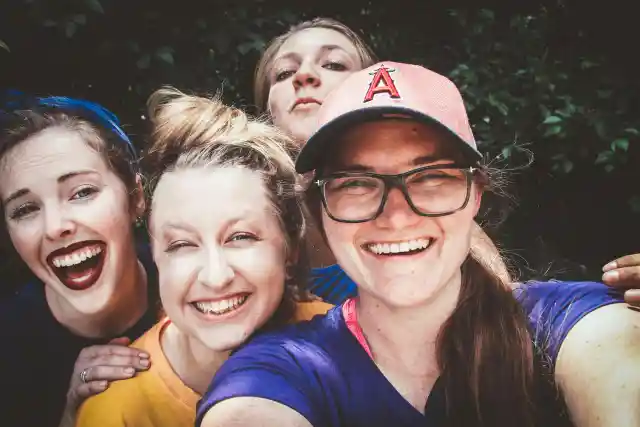
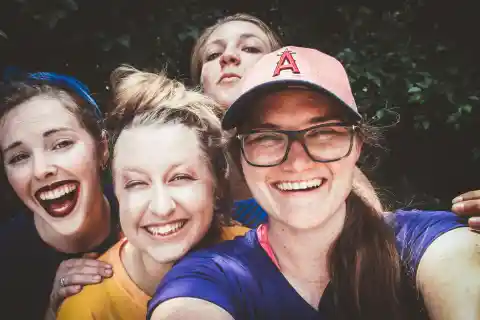
One of the most remarkable aspects of art is its ability to bring people together. Think about the last time you attended a local art festival or a community mural project. Everyone gathered, sharing laughter, stories, and creativity. These collaborative experiences cultivate social cohesion, breaking down barriers and building connections. When the community works together on an art project, they share ideas, resources, and perspectives, not only strengthening relationships but also fostering a sense of belonging for everyone involved. Given that people have more differences than similarities, it makes it amazing to find something you can relate to with each other and celebrate together thus art being an important tool that strengthens communities
Preservation of Heritage
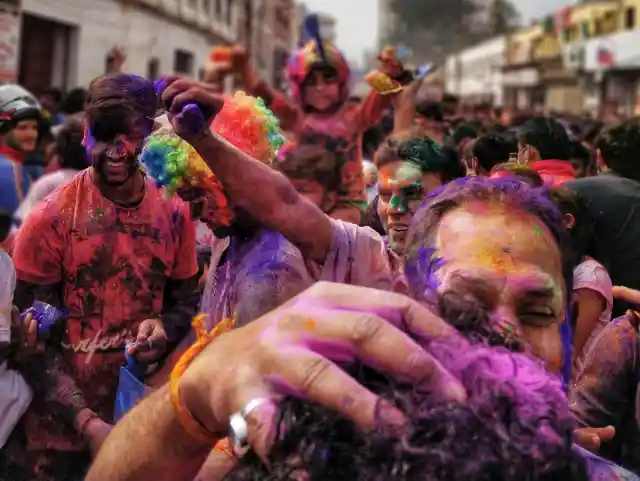
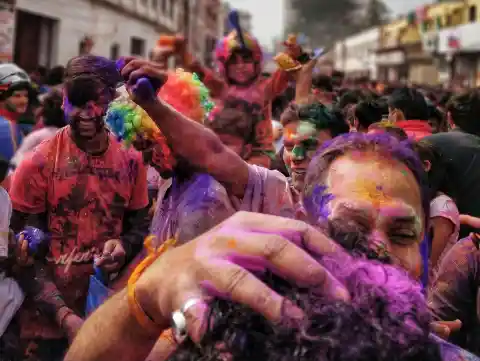
To truly understand who you are, it is important to take a look back at your heritage and understand your background. Art serves as a vital means of preserving cultural heritage. Every community has its unique stories, traditions, and histories, and art is a powerful way to express and celebrate these elements. From traditional crafts to contemporary performances, art allows communities to honour their past while looking toward the future with an open mind. Picture all the local festivals that showcase traditional dances or music that not only entertains the community members but also educates younger generations about the roots of their community. This creates a bridge between the past and present, allowing communities to maintain their identity in a rapidly changing world, helping to strengthen their pride and keep their originality intact.
Stimulates Economic Growth
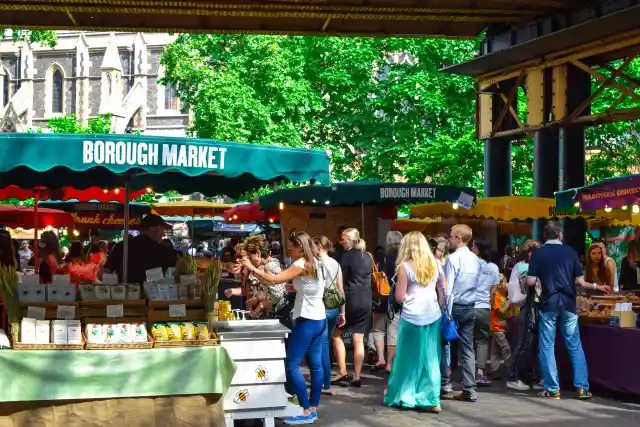
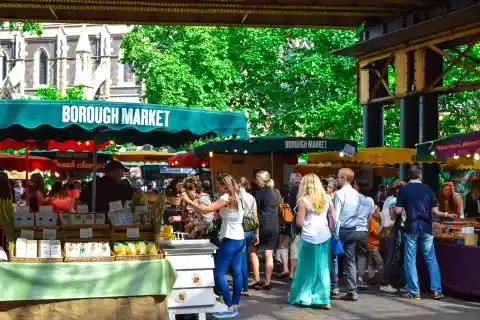
We all know how, when done well, art is a gap that attracts tourists, bringing much-needed revenue to local businesses and the community at large. Businesses like restaurants, shops, and vendors all benefit as more people translate to more customers. The artists themselves get to gain exposure and opportunities to sell their work. Promoting art in communities will, therefore, have a ripple effect on the economy of the community, making it more developed and equipped to cater for its needs. Now communities will get to enjoy economic stability, all stemming from art.
Encourages Learning
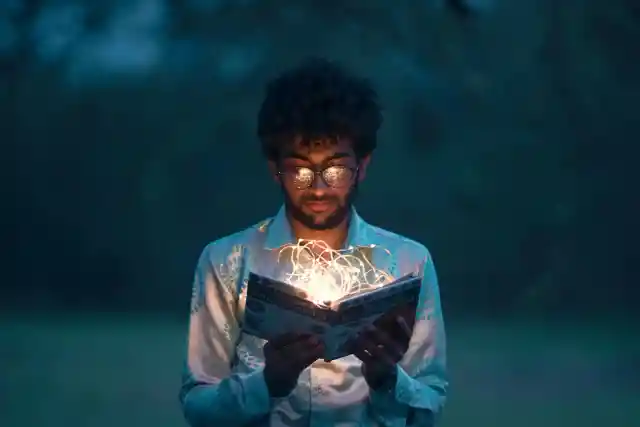
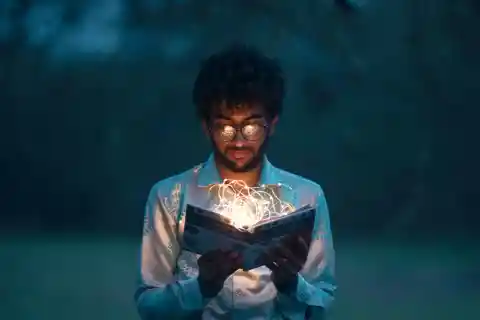
Art nurtures creativity, critical thinking, and emotional intelligence, making it an essential part of learning. Through the local workshops, classes, and community art projects, everyone within the community will get to learn new skills while connecting with others. For children, engaging in artistic activities can boost confidence and self-expression, helping them find their voice at an early age. Moreso, because art is fun, incorporating it in the community schools will help the children become more eager to learn and responsive to what they will be taught.
Empowerment Tool
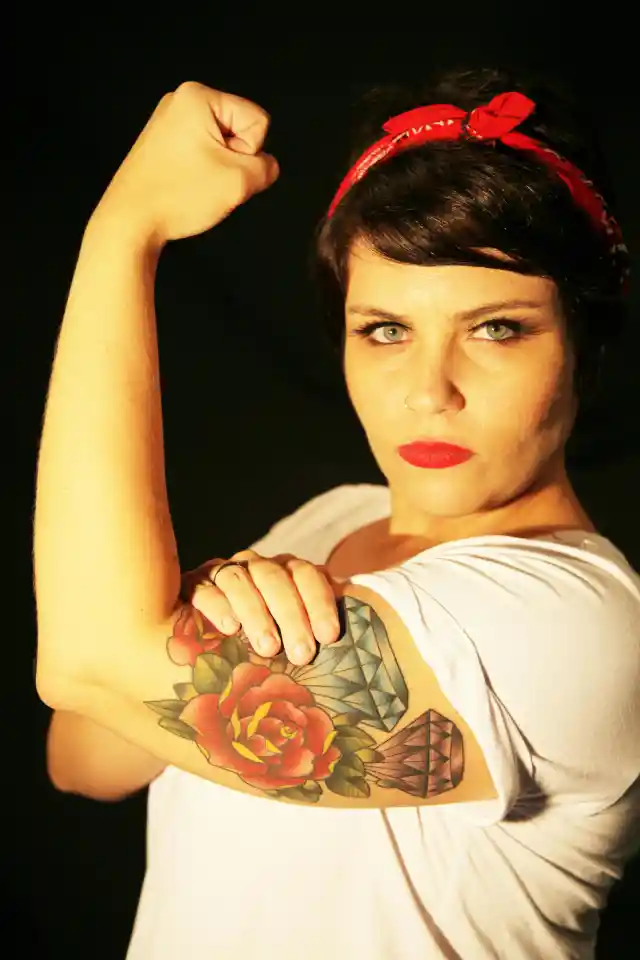
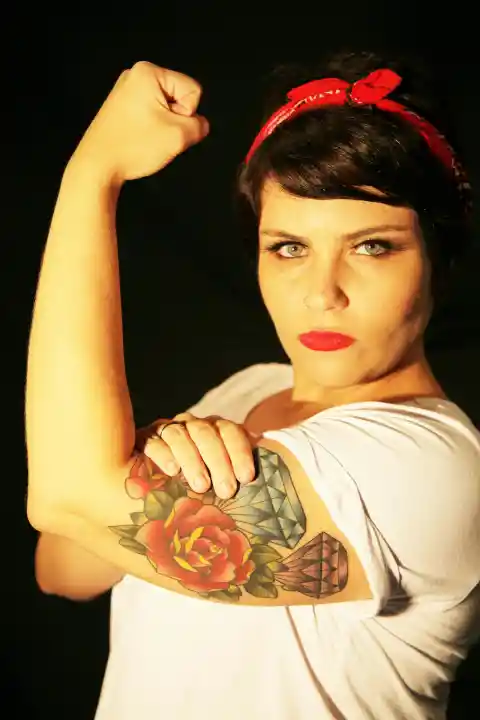
Art in itself is a voice that is so loud, it allows everyone to be heard. People who are usually unheard can be able to have self-expression and advocate for themselves through art. When people create art that reflects their experiences, they reclaim their narratives and assert their identities, which, in essence, is the empowerment of the marginalised. I'm sure you can relate to this feeling on the days you are feeling low and you play a song that ends up motivating you so much that you will feel empowered to tackle your day. Art is a tool for social change and through it, communities are empowered, making the community a stronger unit.
Intergenerational Engagement
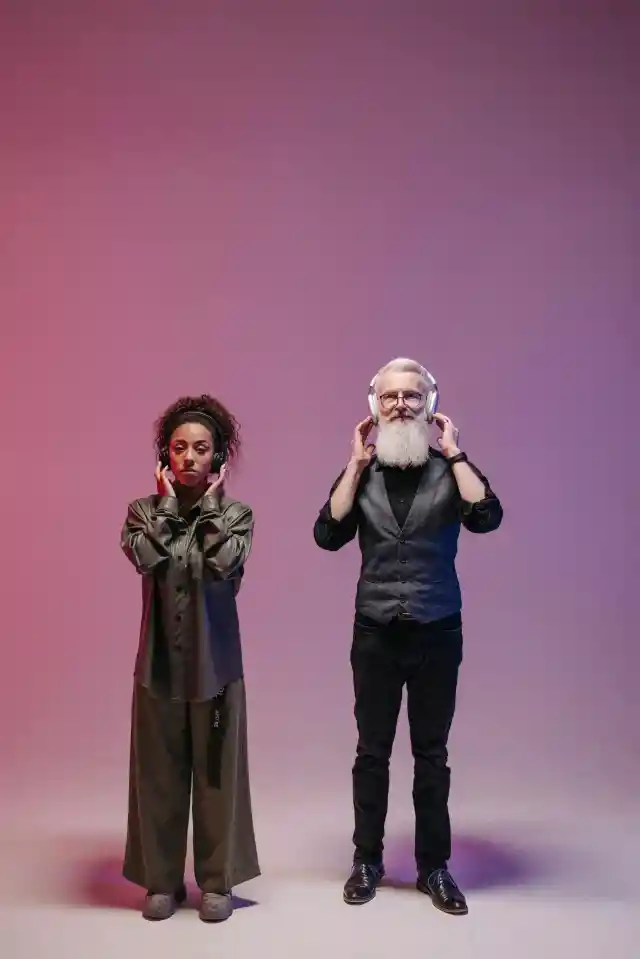
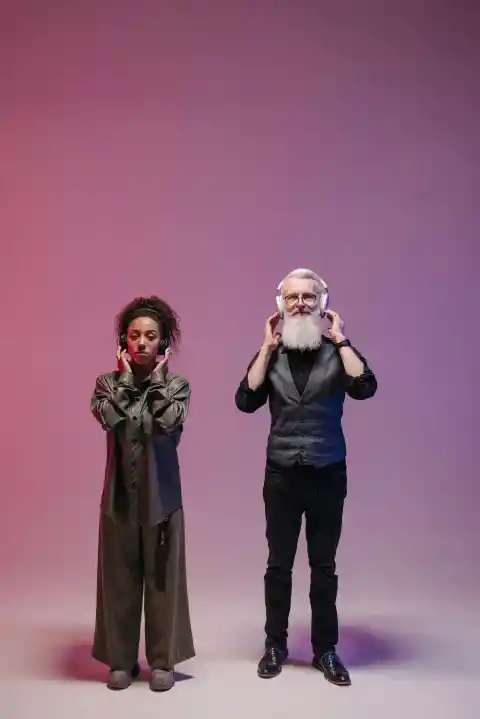
Given the differences in generations now, it is very difficult to find things that can engage all generations likewise and collectively impact them. However, when it comes to art, it has this effect. Art helps by providing a universal platform and universal language where older and younger generations can all relate to things in the same way. These interactions foster mutual respect and understanding, allowing different generations to learn from one another and bind while doing so.
Promotion of Social Justice
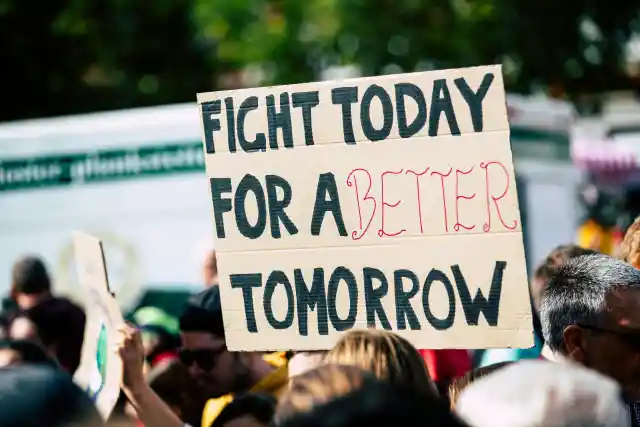
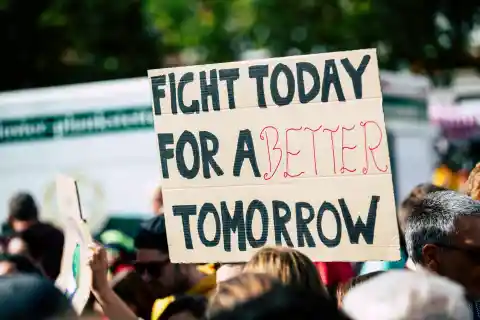
It's difficult and less effective to strive for social justice by just preaching it and talking about it. People tend to ignore the message, and in the end, the people advocating for social justice end up losing their morals and letting injustices strive. However, components of art such as music have a great way of drawing attention to issues of social injustices, ultimately leading to the mobilisation of communities around critical causes. This promotion of social justice through art not only empowers individuals but also strengthens the community’s commitment to equity and fairness for all.
Reduces Ignorance
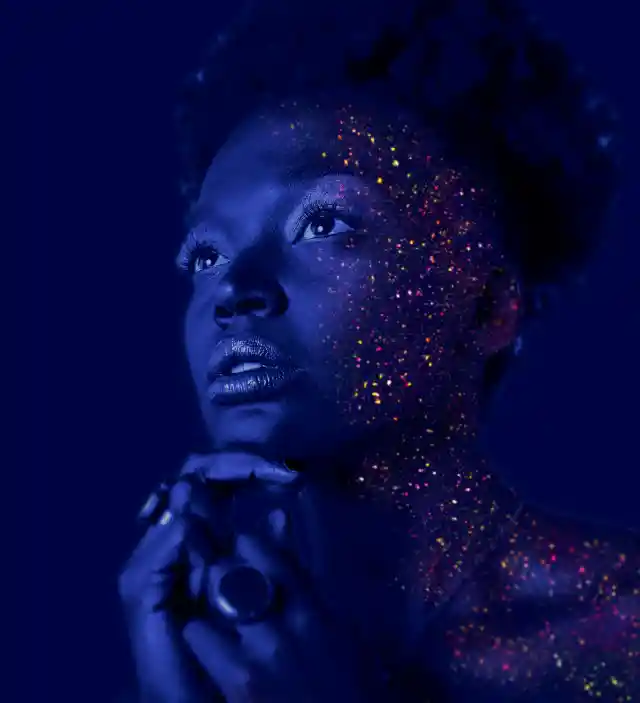
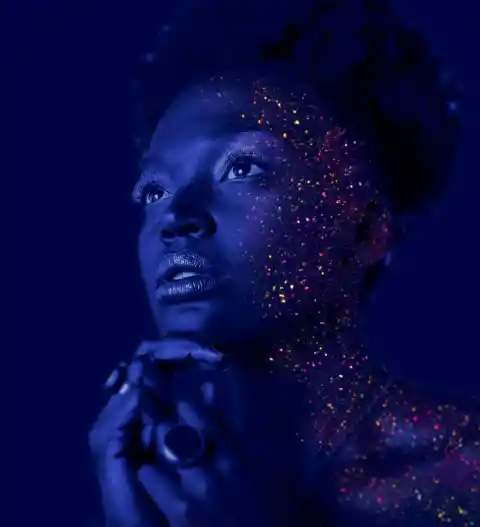
People are usually ignorant of things that they do not understand, making them have perspectives of those things that are based on myths and sometimes untrue rumours. Art, however, flashes out these ignorants by spreading awareness of misunderstood concepts, regaining their dignity. By helping to spread the right narratives about communities, their beliefs and their nature, ignorance is dealt with and in the end, replaced with awareness and acceptance.